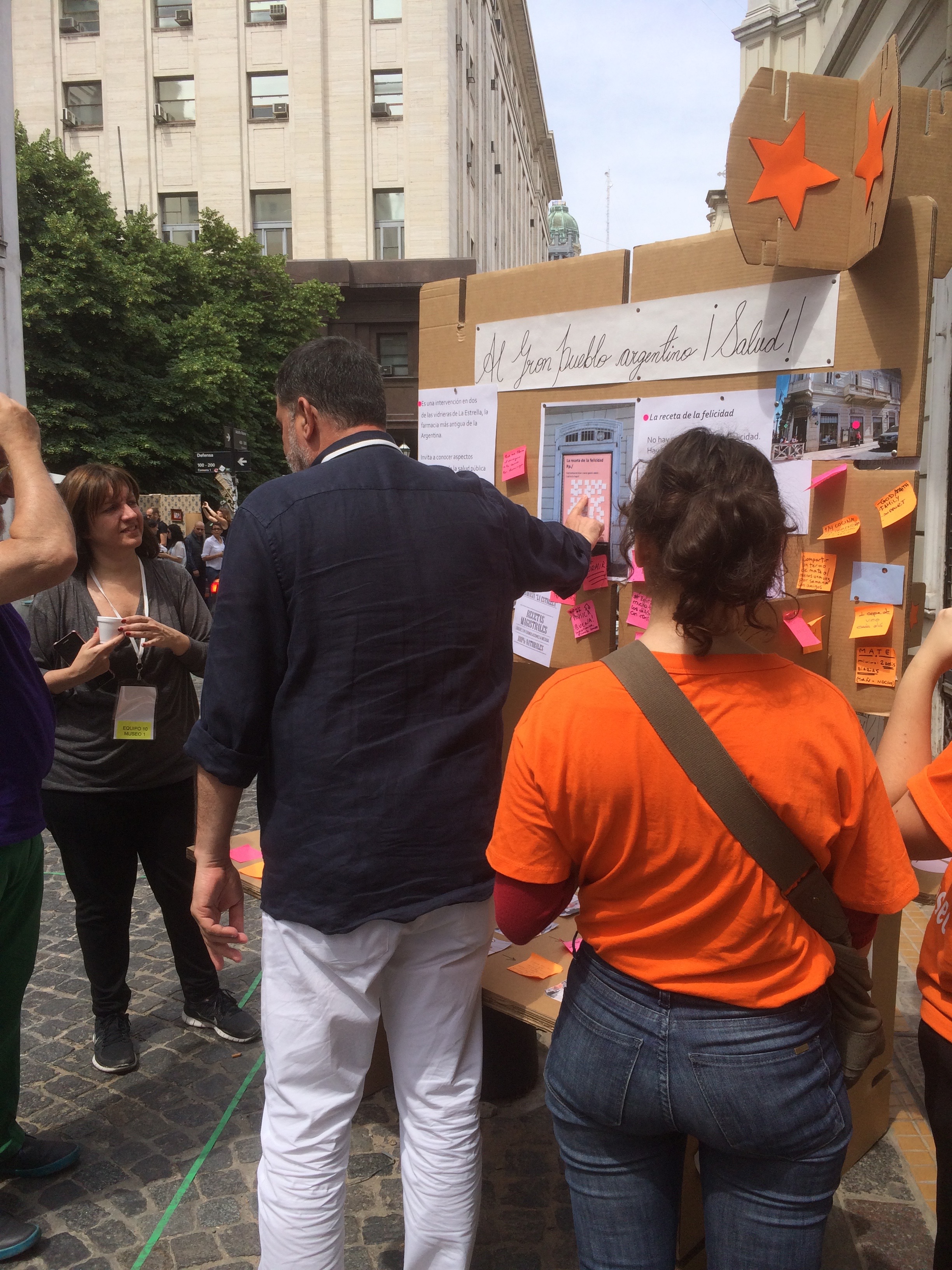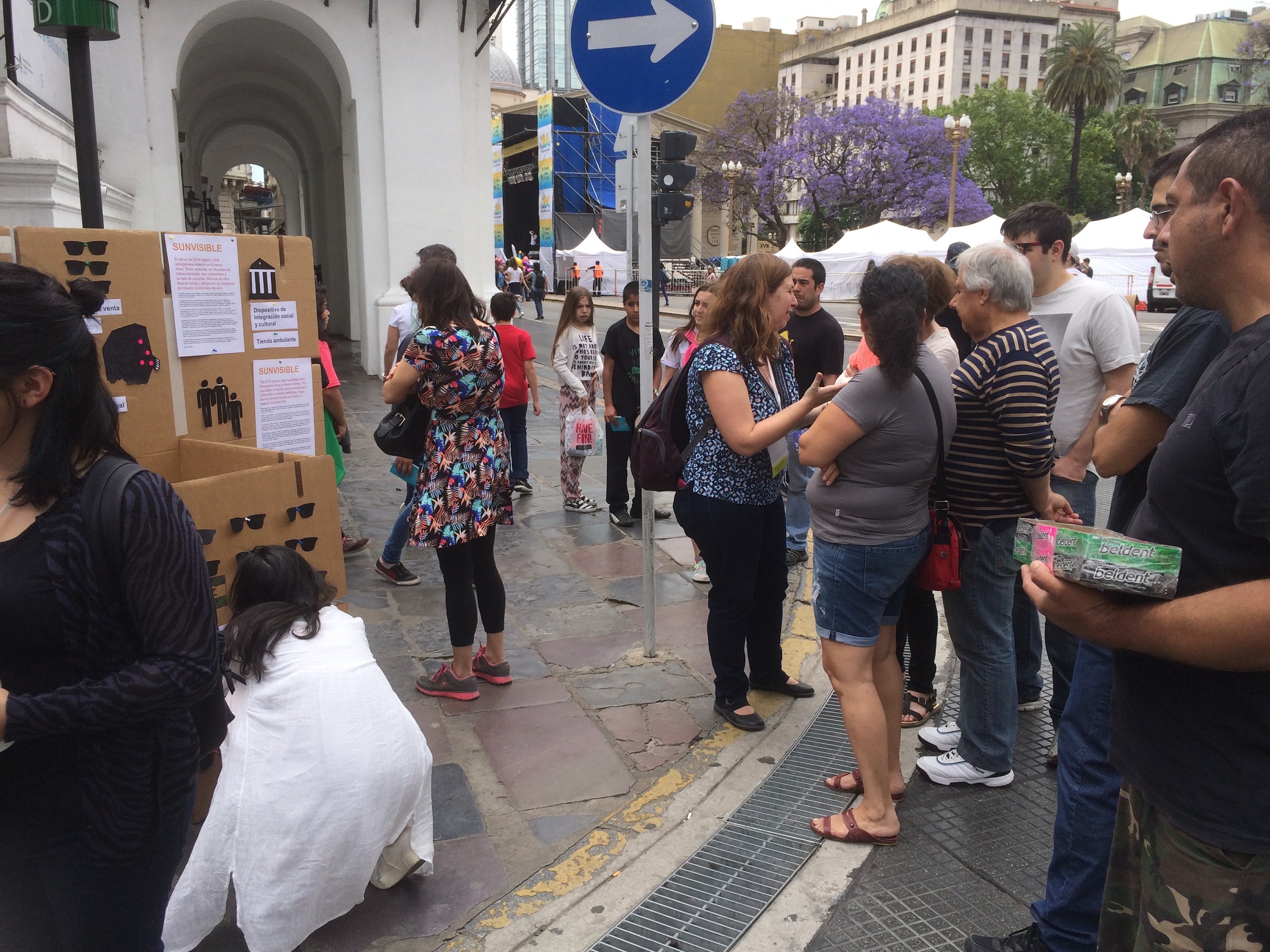Patricia Austin, one of the keynote speakers in the Valletta 2018 Fourth International Conference entitled Living Cities, Liveable Spaces: Placemaking and Identity, speaks to us about the legacy left behind by European Capitals of Culture.
What difference does being the European Capital of Culture make to a city? Can it have a long lasting and beneficial effect on a city? We only have to look at numerous past Olympic stadiums that have been left as empty and useless after the Games, to realise large international events in themselves do not necessarily lead to positive economic, social or cultural impact. A tailored long-term strategy is vital to leverage the best possible legacy from such events. That leads to the tricky question of how is this strategy developed.

There seem to be three very important factors: firstly, who are the decision makers; secondly, what is the narrative; and thirdly, who are the audiences? Clearly the city government is one decision maker but, in itself, comprises many departments with different priorities which can often work in separate silos. How can they work together effectively? But local government is only half the story. What about local businesses and local residents who are experts in understanding the daily life of the city? How can they take part in decision making?
Whatever the mechanism for communication and exchange, the different stakeholders need to find common ground to create an effective long term strategy. This is where a narrative can be used to unite everyone in a common vision. By narrative I mean the unfolding story of the city. Of course this is not a simple thing to agree but following a narrative model provides content, drama, different levels of complexity and messaging, the ability to weave together different points of view in a memorable way.

The key to any narrative is also understanding who your audience is. Although tourists boost the economy they do not necessarily contribute to the core sense of a place, in fact tourism can erode unique qualities of place. The audience needs to come from within, from the people who live there. The home grown cultural scene is the beating heart that will drive and grow the legacy.
